Rugs play a crucial role in enhancing the aesthetic appeal of any space. Exploring the best rug ideas can transform a room, adding warmth and style while reflecting personal taste. This article will present five creative rug concepts to inspire design choices and elevate interiors.
From traditional to contemporary designs, rugs serve as focal points that can tie together an entire room. The right selection can create a sense of comfort and make a significant impact on overall decor. Visit land of rugs for more inspiration on choosing the perfect rug for any setting.
1) Vintage Moroccan Boucherouite
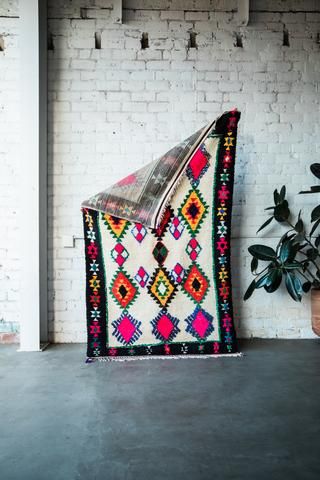

Vintage Moroccan Boucherouite rugs are known for their unique designs and vibrant colors. They are hand-woven by Berber women using recycled textiles, creating an environmentally friendly product.
Each rug features a blend of patterns and textures, making them a statement piece in any room. The use of old fabrics gives these rugs an eclectic and artistic appearance, reflecting the rich heritage of Moroccan craftsmanship.
Boucherouite rugs are also versatile, suitable for various interior styles, from bohemian to modern. Their durability makes them practical for high-traffic areas while providing comfort and warmth underfoot.
These rugs are not just decorative items; they tell a story of culture and tradition. By incorporating a Boucherouite rug into a space, one can appreciate the artistry and history behind this unique textile.
Consider exploring options for Vintage Moroccan Boucherouite rugs at land of rugs.
2. Handwoven Jute Area Rug
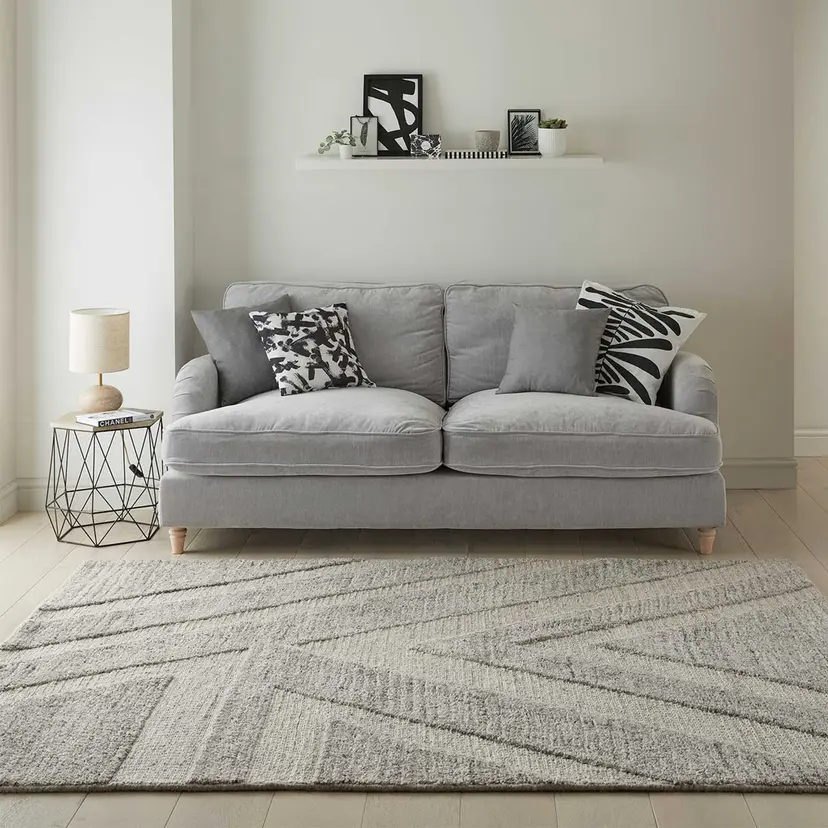
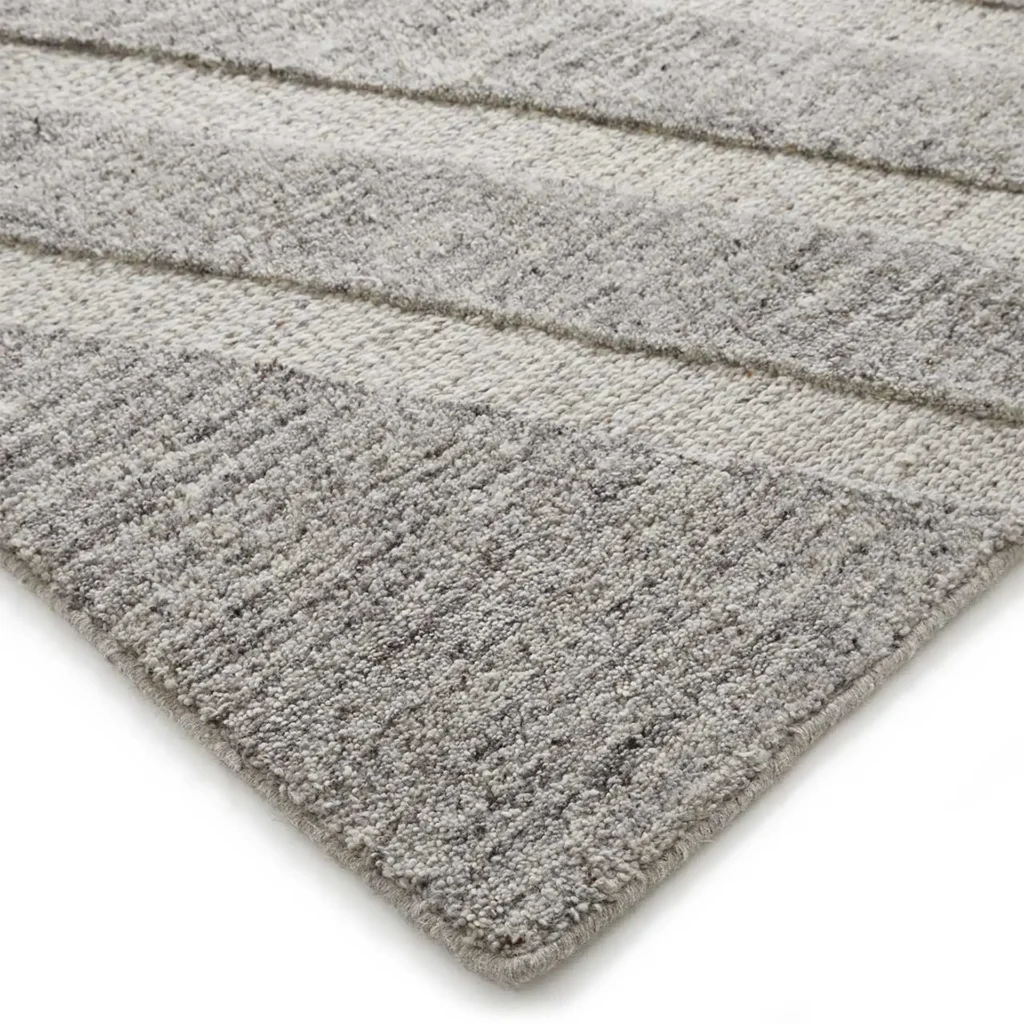
Handwoven jute area rugs have gained popularity for their natural aesthetic and durability. Made from sustainable jute fibers, these rugs offer an eco-friendly option for home decor.
The texture of a jute rug adds warmth and a tactile element to any space. Its neutral tones blend seamlessly with various design styles, from bohemian to contemporary.
In addition, jute rugs are low-maintenance and easy to clean. Regular vacuuming helps to keep them looking fresh, while occasional spot cleaning or professional rug cleaning can address deeper stains and preserve their natural look.
These rugs are suitable for both indoor and covered outdoor areas, enhancing spaces like living rooms, dining areas, and patios. Their versatile nature makes them a smart choice for homeowners looking to add a touch of nature to their interiors.
3) Traditional Persian Heriz
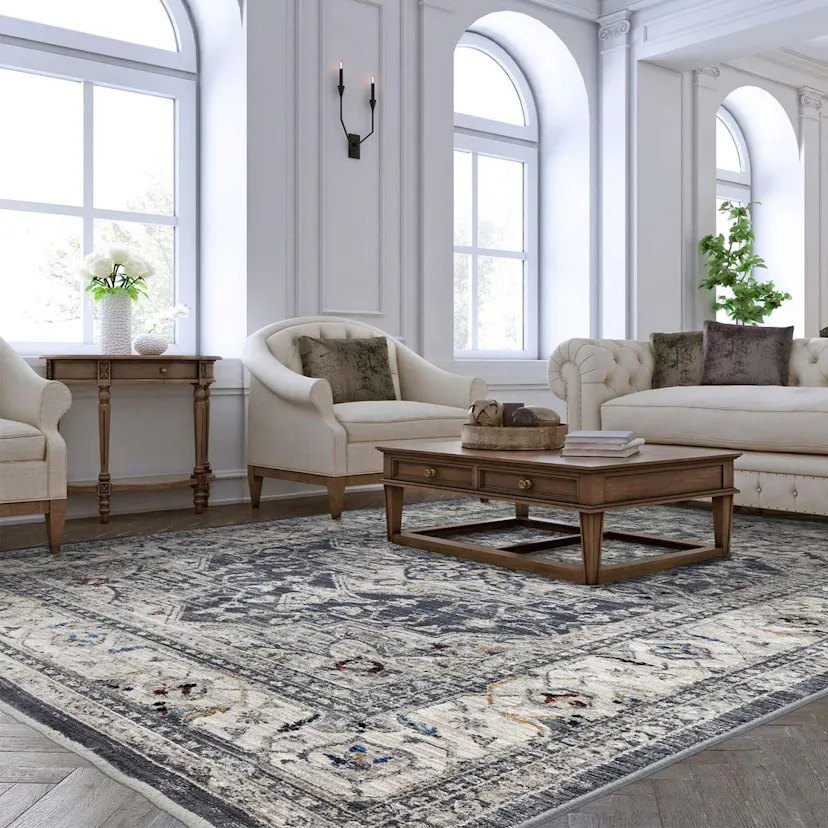
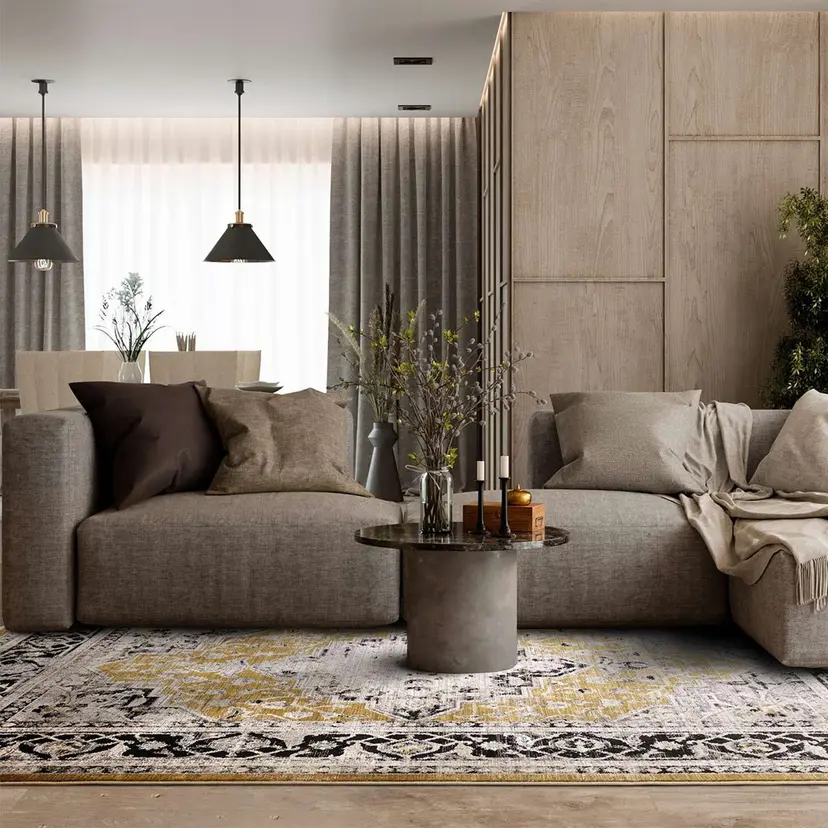
The Traditional Persian Heriz rug is known for its intricate geometric designs and vibrant colors. Originating from the Heriz region in northwest Iran, these rugs display a unique combination of artistry and durability.
Heriz rugs often feature a central medallion surrounded by bold patterns and motifs. The designs reflect a blend of Persian and tribal influences, making each piece distinct.
Crafted from high-quality wool, Heriz rugs are both soft and resilient. Their dense pile enhances durability, making them suitable for high-traffic areas in a home.
Available in various sizes, these rugs can complement traditional or contemporary decor. Their versatile nature allows them to be used in living rooms, dining rooms, or entryways.
For anyone looking to invest in a beautiful and timeless rug, the Traditional Persian Heriz is an excellent choice.
4) Modern Geometric Wool Rug
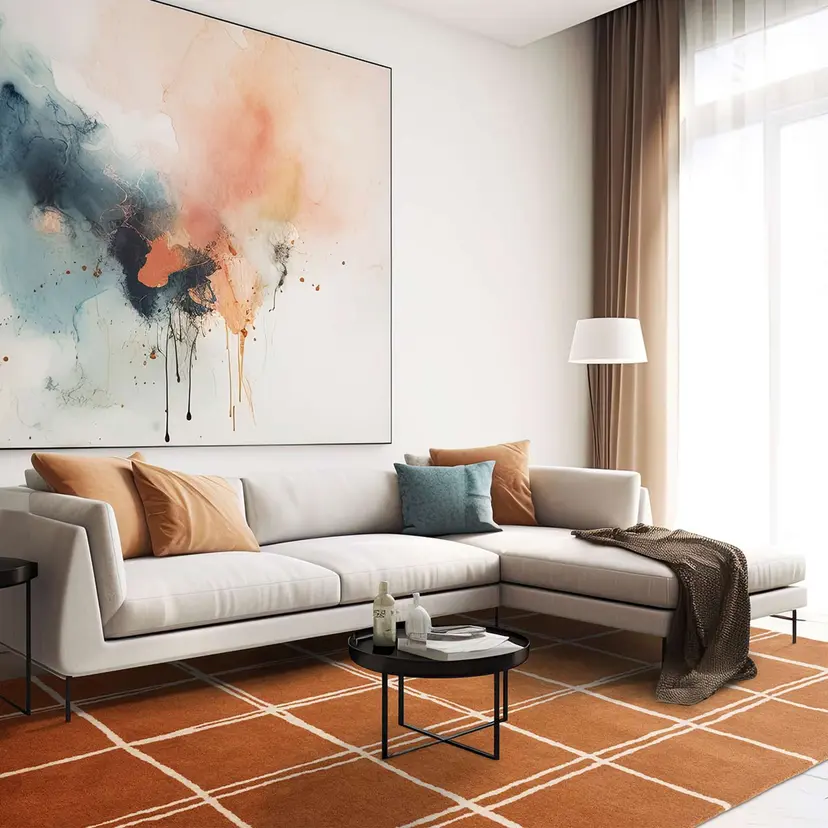
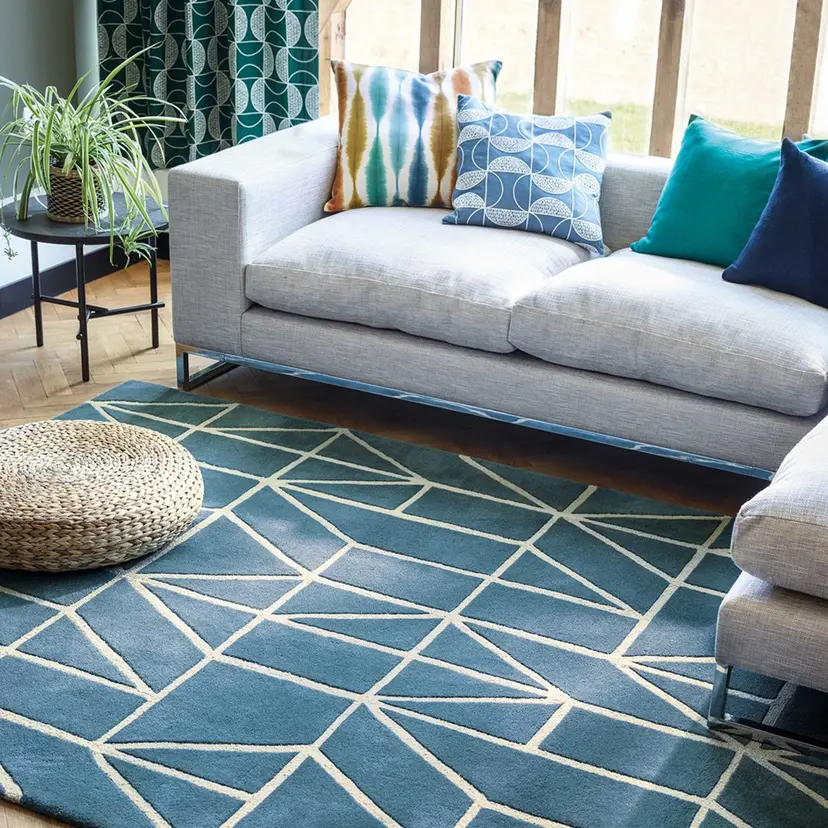
A modern geometric wool rug can add a contemporary touch to any space. Its bold patterns and clean lines create visual interest while maintaining a sleek appearance.
These rugs are typically made from high-quality wool, ensuring durability and softness. Wool is naturally stain-resistant and easy to clean, making it a practical choice for busy areas.
Geometric designs range from simple shapes to intricate patterns, allowing for versatility in decorating. They can complement various styles, from minimalistic to eclectic.
Incorporating a geometric wool rug can also help define spaces within an open floor plan. It serves as an anchor in living rooms, dining areas, or home offices, enhancing the overall aesthetic.
For those looking to explore options and find the perfect rug, visiting this rug website can provide a wide range of choices.
5) Natural Fiber Sisal Rug
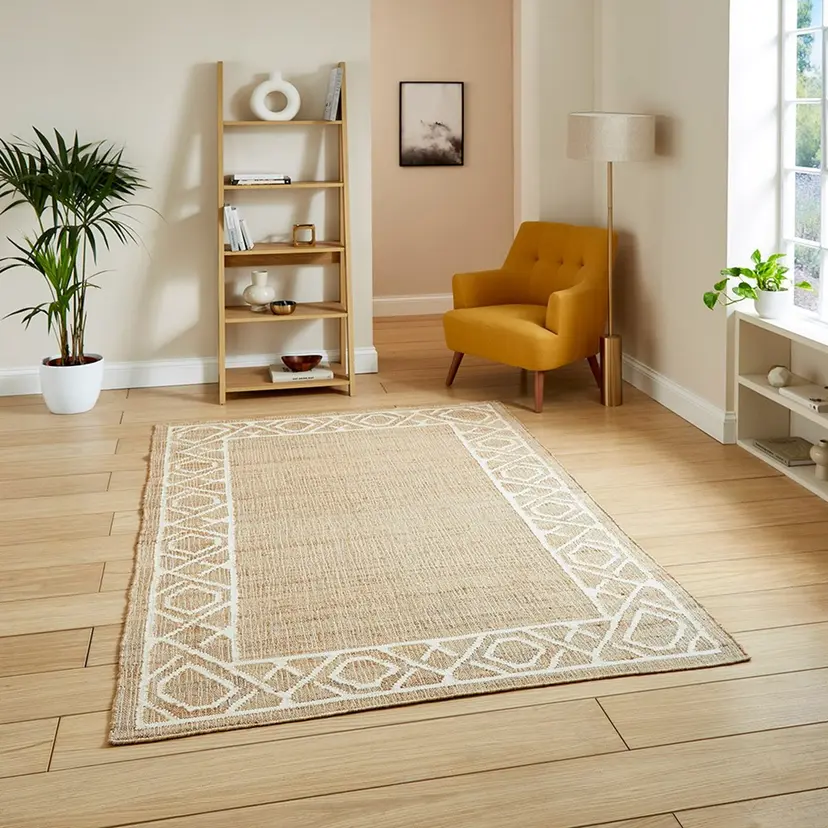
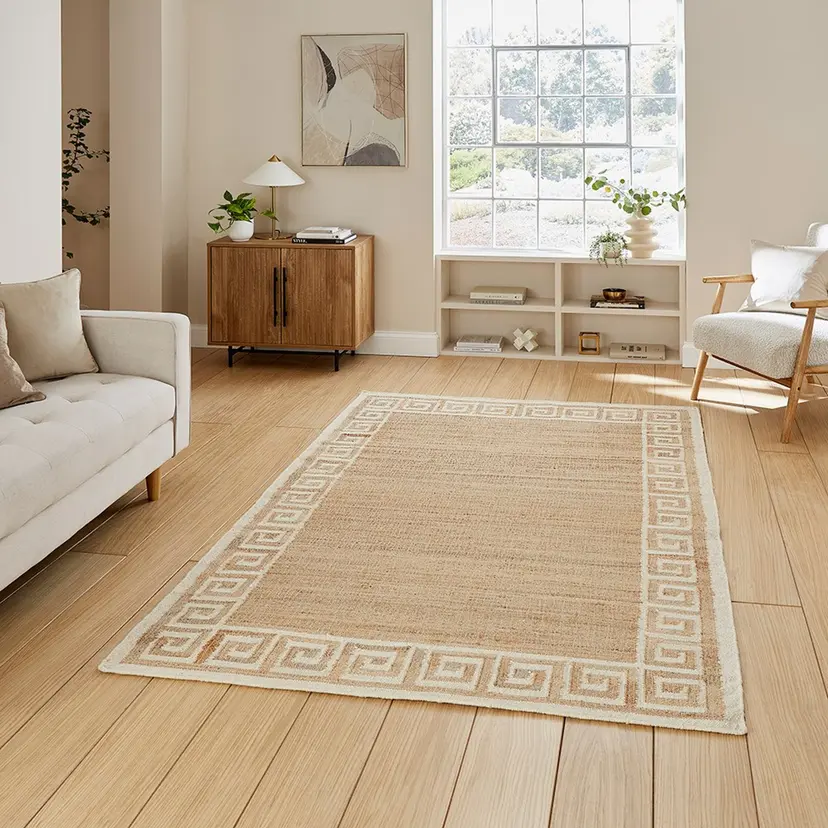
Natural fiber sisal rugs are a popular choice for many interior designs. Made from the fibers of the agave plant, they offer durability and a unique texture.
These rugs provide a neutral palette that complements various décor styles, from rustic to contemporary. Their earthy tones and natural look add warmth to any space.
Sisal rugs are also known for their sturdiness. They can withstand heavy foot traffic, making them ideal for living rooms, hallways, and dining areas.
Cleaning is straightforward; regular vacuuming helps maintain their appearance. For stains, spot cleaning with a mild solution is typically effective.
Choosing a sisal rug contributes to an eco-friendly lifestyle. The fibers are renewable and biodegradable, providing an environmentally conscious flooring option.
Choosing the Right Material
Selecting the right material for a rug is essential to achieving both aesthetic appeal and practical functionality. Different materials offer varying benefits and drawbacks that impact appearance, durability, and comfort.
Natural Fibers
Natural fibers include materials like wool, cotton, jute, and sisal.
Wool: Renowned for its softness and resilience, wool rugs are naturally stain-resistant. They can be an excellent choice for high-traffic areas due to their durability.
Cotton: Lightweight and easy to clean, cotton rugs are ideal for casual spaces. They are often available in various colors and patterns, making them versatile.
Jute and Sisal: These materials offer a rustic look and are eco-friendly. They are strong and durable but may not be as soft underfoot as wool or cotton.
Natural fibers tend to breathe well, offering comfort in diverse climates. Choosing natural materials often supports sustainability initiatives as they are biodegradable and sourced responsibly.
Synthetic Options
Synthetic rugs are made from materials such as nylon, polyester, and polypropylene.
Nylon: This synthetic fiber is incredibly durable and resistant to stains and fading. It’s a popular choice for households with pets or children.
Polyester: Known for its vibrant colors and softness, polyester rugs are an excellent budget-friendly option. They are also quick-drying and resistant to moisture, making them suitable for damp areas.
Polypropylene: Often used in outdoor rugs, polypropylene is highly resistant to water and UV light. Its affordability and ease of maintenance make it a common choice for versatile environments.
Synthetic rugs may not offer the same breathability as natural fibers, but they provide durability and ease of care. For affordable, stylish options, exploring synthetic materials can be beneficial.
Color and Pattern Selection
Choosing the right colors and patterns for rugs can significantly enhance the overall aesthetic of a room. It allows for coordination with existing decor and adds layers of visual interest.
Coordinating with Room Decor
To achieve a harmonious look, it’s essential to select rug colors that complement the existing palette of the room. Consider the dominant hues in furniture, walls, and accessories.
Using a color wheel can help identify which colors will pair well together. For example:
- Cool tones like blues and greens work well in minimalist or modern spaces.
- Warm tones such as reds and oranges can make a room feel cozy.
In addition, abstract patterns can often mask wear and tear, proving practical as well as stylish. Mixing patterns can also create a dynamic look, but it’s important to balance them with solid colors to maintain cohesion.
Creating Visual Interest
Incorporating various patterns and textures adds depth to a space. A bold design can serve as a focal point, drawing attention from other design elements.
When selecting a pattern, consider the scale:
- Large patterns tend to make a statement and can work well in spacious rooms.
- Small patterns may provide subtlety, making them more suitable for smaller areas.
Textures also play a vital role. Rugs with differing textures, such as woven and shag, can create a layered effect. This approach not only adds interest but invites tactile experiences.
Exploring options can be done through resources like rug to find the perfect color and pattern that suits individual tastes and room styles.
Rug Placement Tips
Proper rug placement enhances the overall design in any space. Optimal arrangements create flow while defining areas, making a room feel more cohesive and functional.
Living Room Arrangements
In the living room, the rug should anchor the furniture. Ideally, all the front legs of sofas and chairs should rest on the rug to create a unified space.
For smaller rooms, a smaller rug can still define areas. Placing the rug under a coffee table allows for a cozy arrangement while maintaining balance.
Consider the shape of the furniture when choosing the rug’s shape. Rectangular rugs often work best with rectangular layouts, while round rugs mimic circular seating arrangements, adding softness.
Bedroom Layouts
In bedrooms, the rug’s placement can produce a sense of warmth and comfort. A popular option is to place a large rug under the bed, extending beyond the nightstands.
This design choice adds a layer of softness as one gets in and out of bed. Ensure that the rug protrudes a minimum of 18 inches on each side for a balanced look.
For smaller bedrooms, runners on either side of the bed can provide both functionality and style. This not only amplifies the visual appeal but also offers comfort underfoot.
- 0shares
- Facebook0
- Pinterest0
- Twitter0
- Reddit0



